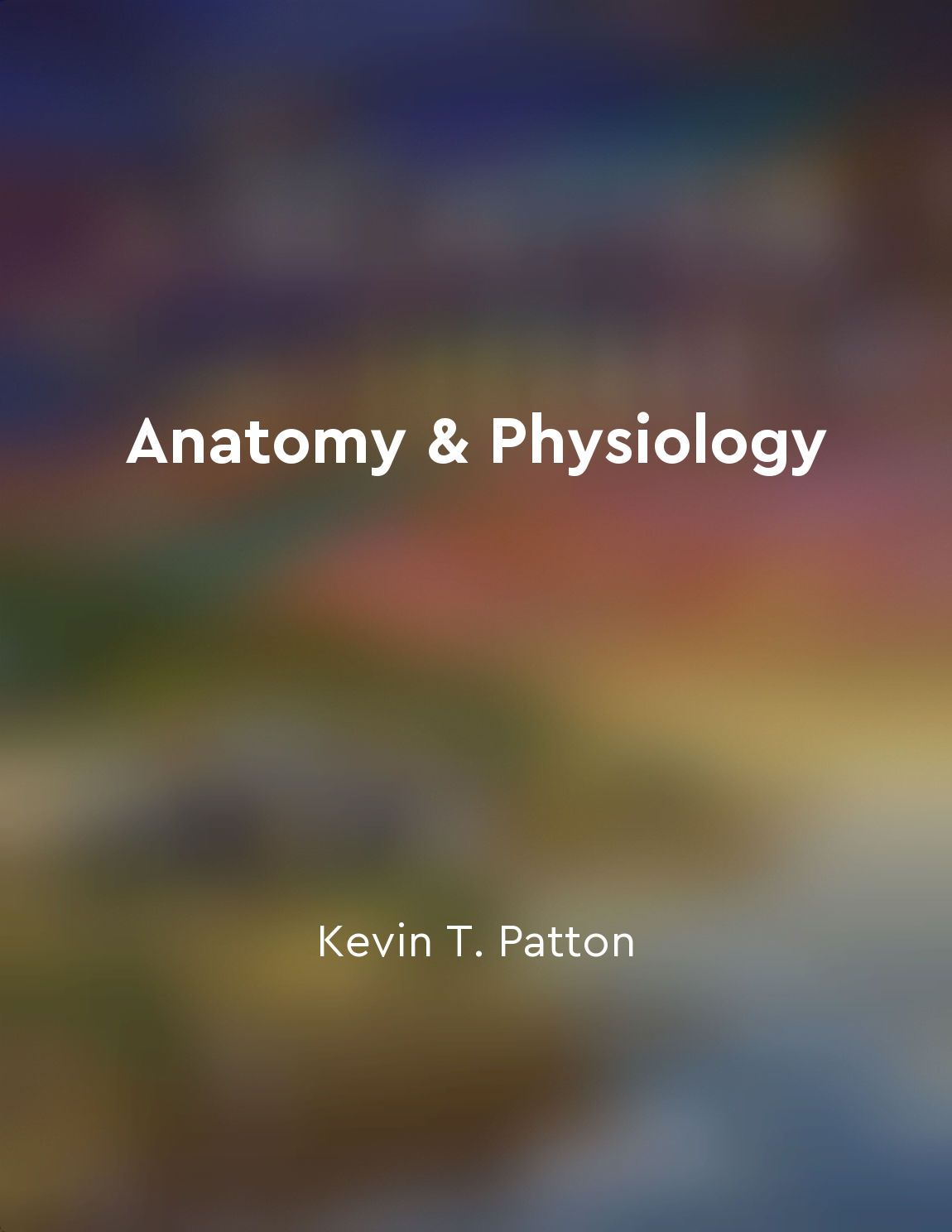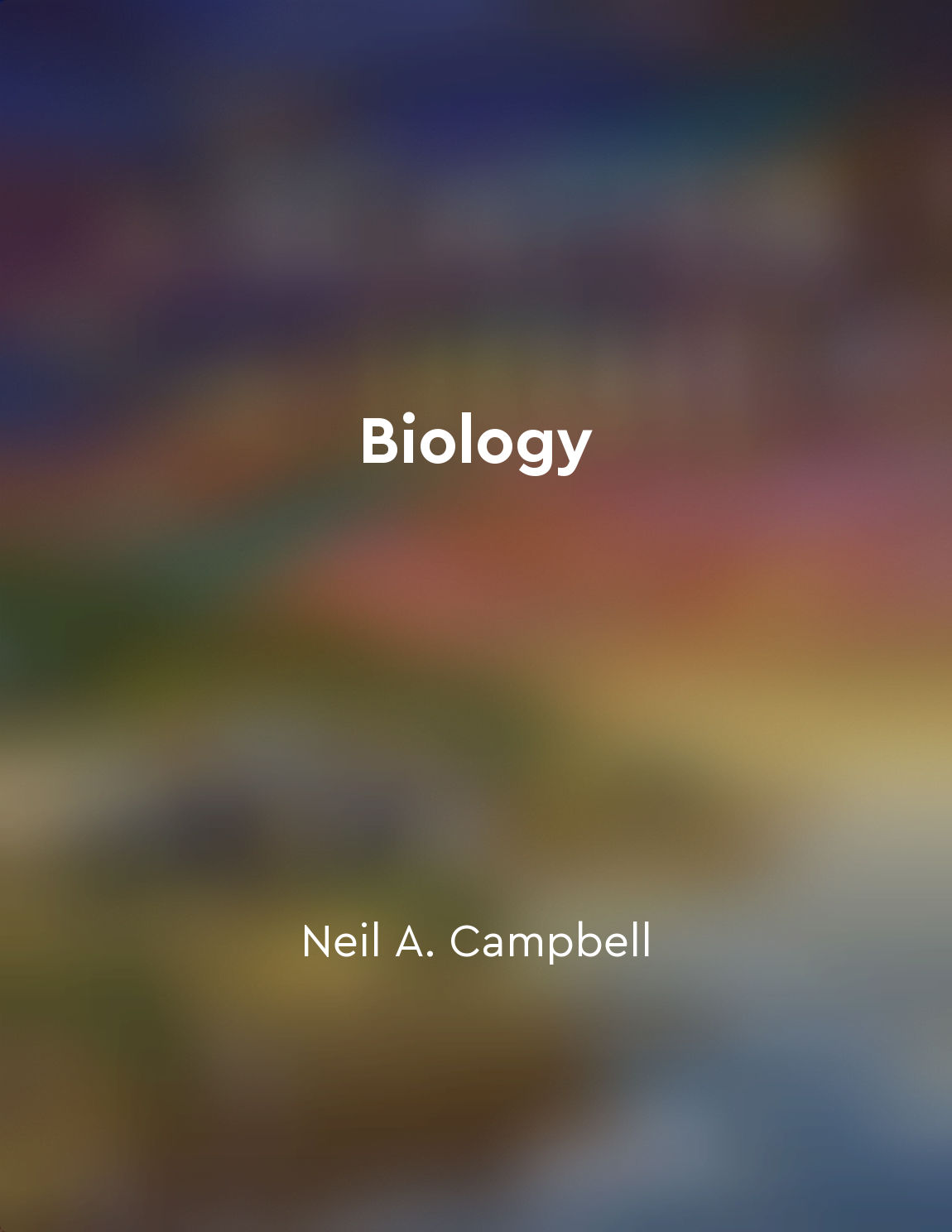Animal structure and function from "summary" of Biology by Neil A. Campbell
The structure and function of animals are closely intertwined, each influencing the other in intricate ways. Animals are made up of specialized cells, tissues, and organs that work together to carry out specific functions necessary for survival. These structures are adapted to perform specific tasks, such as obtaining and digesting food, exchanging gases, and reproducing. At the cellular level, animals are composed of various types of cells that are specialized for different functions. For example, nerve cells are equipped with long extensions to transmit electrical impulses, while muscle cells contain contractile proteins that allow for movement. These specialized cells form tissues, such as nervous tissue and muscle tissue, which in turn make up organs like the brain and heart. Organs work together in organ systems to carry out essential functions. For instance, the respiratory system includes organs such as the lungs and trachea that work together to exchange oxygen and carbon dioxide with the environment. The circulatory system, on the other hand, consists of the heart, blood vessels, and blood, which transport nutrients, gases, and waste products throughout the body. The structure of an animal is closely related to its function. An animal's form is shaped by natural selection to maximize its ability to survive and reproduce in its environment. For example, the streamlined body shape of a fish allows for efficient movement through water, while the wings of a bird are adapted for flight. These adaptations reflect the evolutionary history of the species and the challenges it has faced over time. Understanding the structure and function of animals is essential for biologists to make sense of the diversity of life on Earth. By studying how different organisms are adapted to their environments, researchers can gain insights into the processes of evolution and natural selection. This knowledge also has practical applications, such as in medicine and agriculture, where an understanding of animal biology is crucial for developing treatments and improving crop yields.Similar Posts
Life exhibits patterns and regularities
Life is characterized by a remarkable array of patterns and regularities that pervade all aspects of living systems. These patt...
Life is constantly changing and evolving
The notion that life is in a perpetual state of flux is not merely a truism, but a fundamental truth that underlies the very es...

Homeostasis is crucial for maintaining internal balance
Homeostasis is like the quiet background music that plays in the store. You may not notice it, but it's there, keeping everythi...
Biodiversity is crucial for maintaining ecological balance
Biodiversity refers to the variety and variability of life forms in an ecosystem. It includes different species of plants, anim...
Scientific research is essential for advancing our understanding of biology
Scientific research plays a crucial role in expanding our knowledge of biology. Through systematic investigation and experiment...
Evolutionary theory can be applied to artificial intelligence
One of the intriguing applications of evolutionary theory is its potential relevance to the field of artificial intelligence. J...
Evolutionary theory can inform conservation efforts
The application of evolutionary theory to conservation efforts represents a powerful and essential tool in the modern world. By...
Life is a product of both chance and necessity
Life is a product of both chance and necessity. Chance is the spontaneous, unpredictable element that introduces randomness and...

